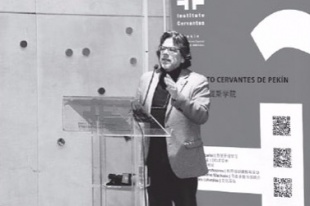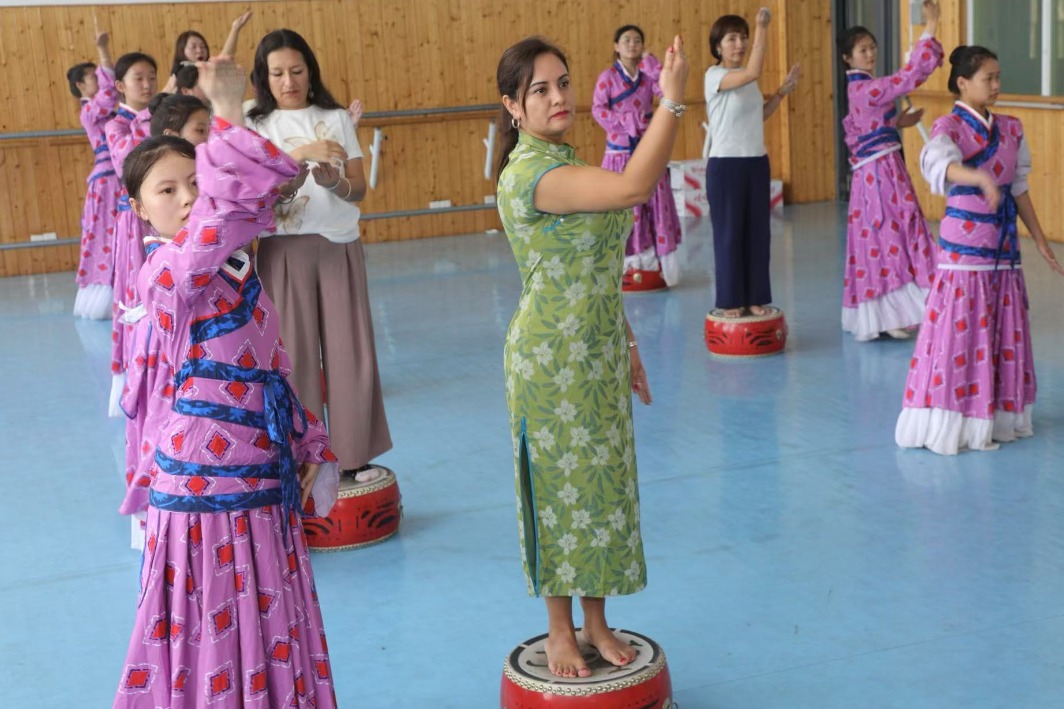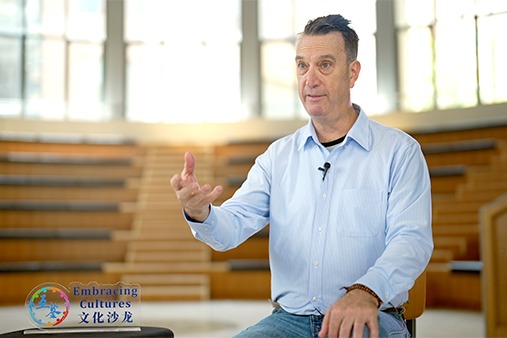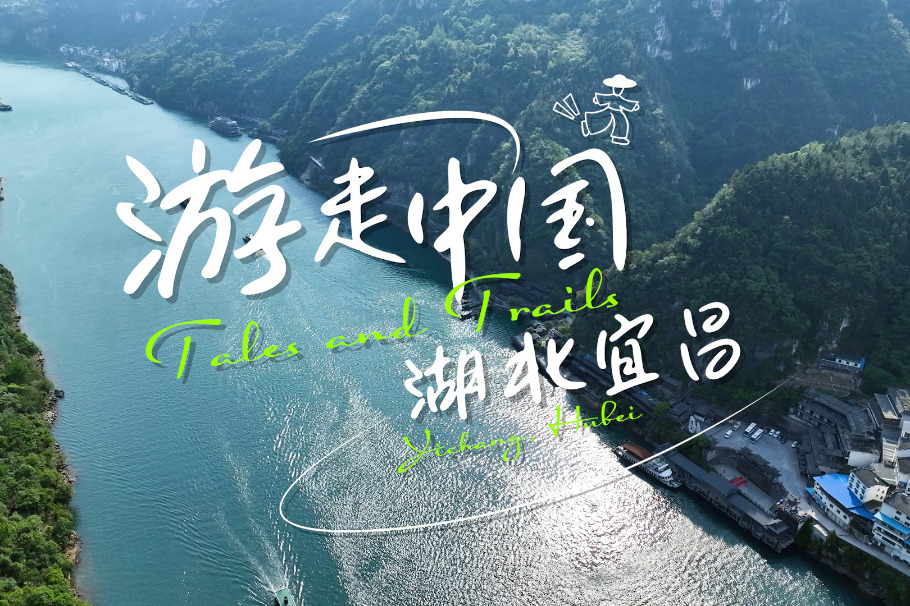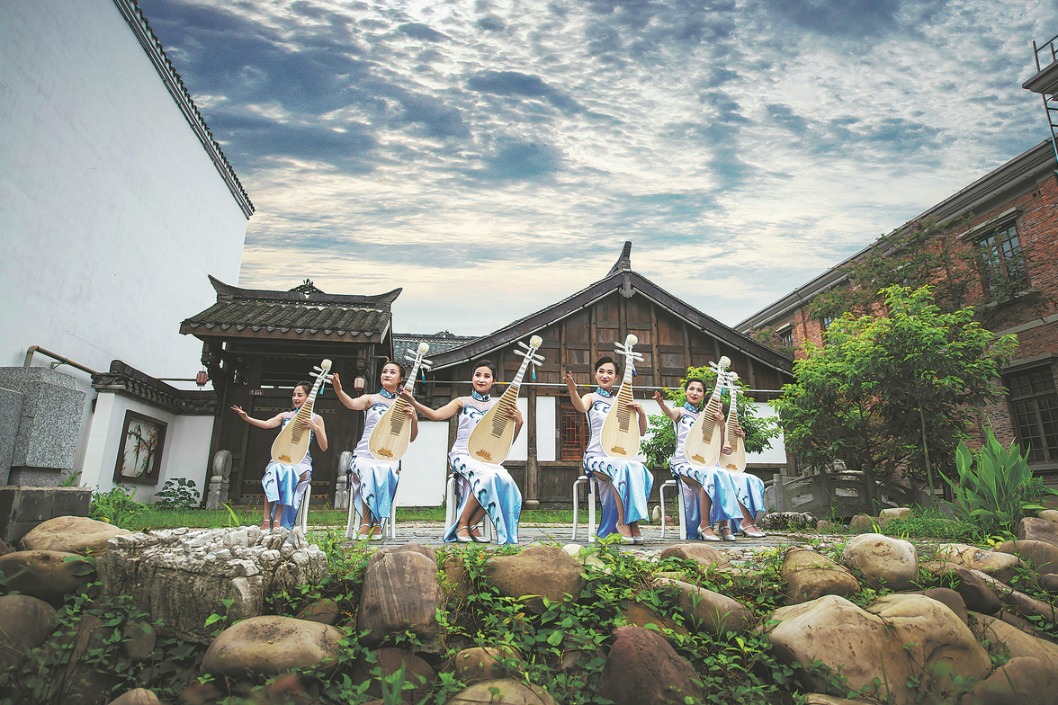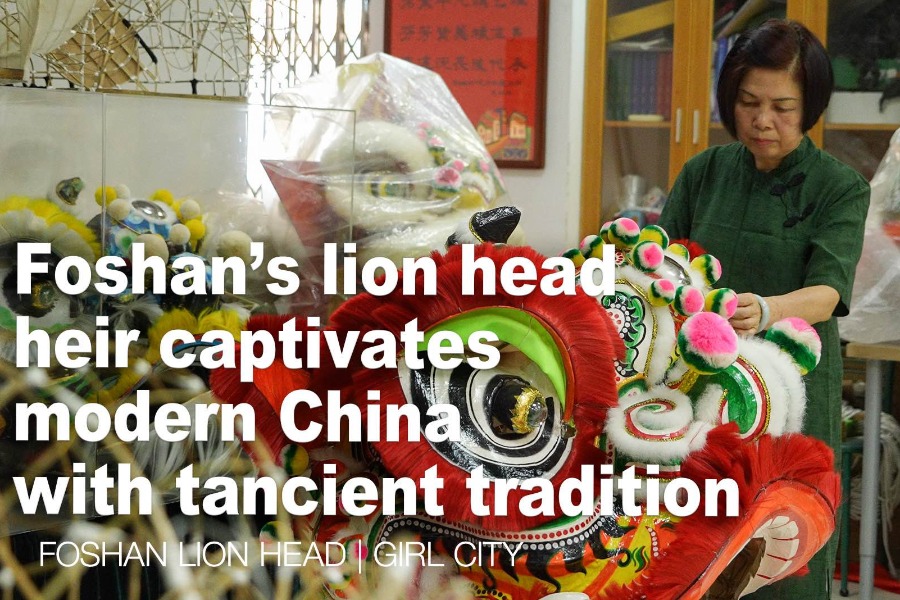Garcilaso's Inca roots a highlight of Beijing event


The book contains nine volumes and 212 chapters, forming a vivid and detailed picture of Inca society. Garcilaso sourced information for the book from his maternal relatives' memories of the empire, his own childhood experiences and another book, Historia Occidentalis, written by Blas Valera, a fellow mestizo.
Garcilaso spent 20 years on his book before it was published in 1609.
"This is not just a history book but also one with many literary details and emotions. The language is refined and very beautiful," says Xu, who believes reading the Royal Commentaries of the Incas is an enjoyment.
Garcilaso describes a temple of the Inca empire in a detailed and vivid way, including how people worshiped at that time.
"Although the book is written in Spanish, it has the Peruvian spirit. I can feel the writer yearn for his native land through this book," Xu adds.
Many in Western countries use Rome as a reference when describing a place for comparison, Iwasaki says. In Garcilaso's time, missionaries from Portugal and Italy traveled to China and spread information about China in European countries. As a result, China also became a reference when people described places then.
In the Royal Commentaries of the Incas, Garcilaso also uses China to describe the Inca empire since his Spanish readers at the time had interest in China.
"We generally believe he exaggerated the strengths of the Inca and overlooked oriental civilizations to some extent," says Iwasaki.
Xu also believes Garcilaso prettified some parts about Inca empire in this book, such as the relationship between Incan emperors and the ordinary people.
"The annexation of many ethnic groups to the Inca empire would not have been possible without bloodshed," Xu adds.
The Chinese version of the book, translated by Bai Fengsen and Yang Yanyong, was released in the 1990s. Other than being mostly written in Spanish, the book has many passages in Quechuan, an indigenous language spoken by the Inca people.
"The Royal Commentaries of the Incas is valuable for the study of Inca culture, and we hope to offer a feast of knowledge by hosting this activity to discuss him (the writer) and his works," says Peruvian ambassador to China Luis Quesada.


